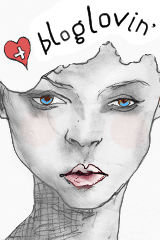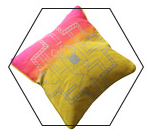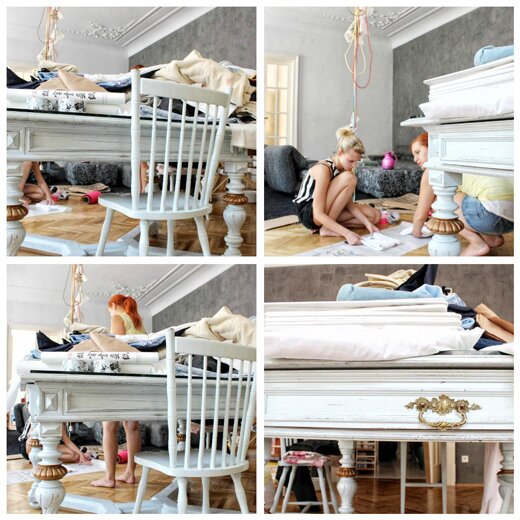
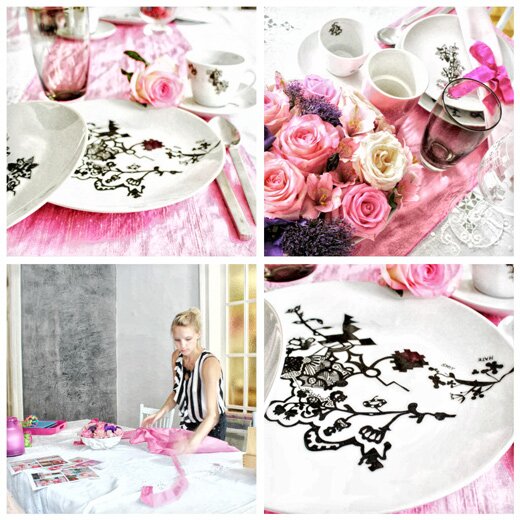

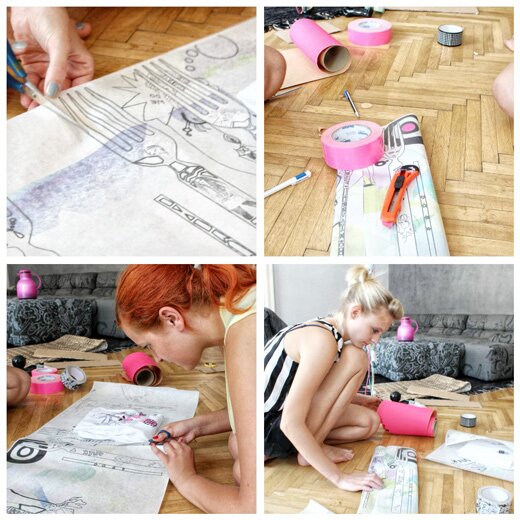
For a few days I have been occupied with the website Etsy which is specialised on the buying and selling of handcrafted products. I heard about the website Etsy from several people and was at first reluctant to use this platform. I now decided to give it a try after talkig to Dinah Smutny of Lilesadi. She said that for her company the exposure on Etsy brought many good contacts and very good sales. I also indulged deeply into the Etsy Seller handbook, which I find useful not only for Etsy but for online sales in general (later I will apply this knowledge also to the Store here on https://ninalevett.com/store). Here is the link:
I have learned that it is especially useful to make closeup shots of the items, so that the client gets a hand-on feel of what he is buying. The product shot should replace the product in a real shot and should gvie a “real idea” of the product as it will be used in the buyer’s home . I also liked the idea of shooting atmospheric shots (stylized room view that show the everyday use of the concerned objects). In this case we did a flower arrangement and set a complete table decoration to give an idea how a dinner party could look with Nina Levett tableware.
Since my new inspirational blog is called Neonjunky, I wanted to use neon colors for the shooting. Together with my two helpers (Nora Schmoll and Tamara Koblizek) I got out all my fabrics and we sorted out everything so we could find suitable fabrics for the shooting. We looked for inspirational photos on Pinterest and showed them to (the florist), who then made the wonderful flower designs on these photos.
You can see some impressions of this wonderful day on the photos above. This is the new Etsy shop: .


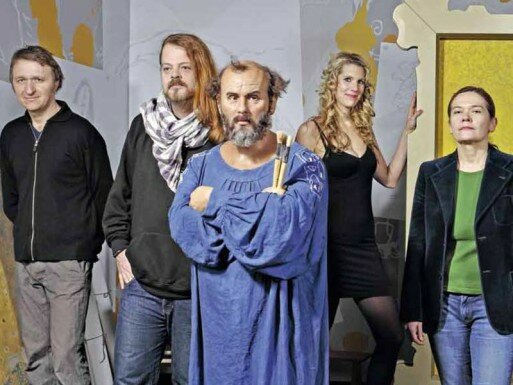
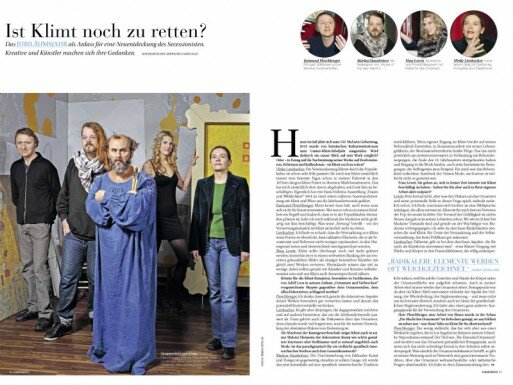



 Nina Levett creates edgy and provocative tableware and textiles. This blog is about her design process and graphics, ornaments, patterns and inspirations.
Nina Levett creates edgy and provocative tableware and textiles. This blog is about her design process and graphics, ornaments, patterns and inspirations.